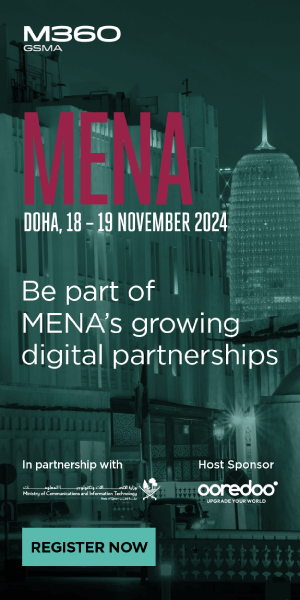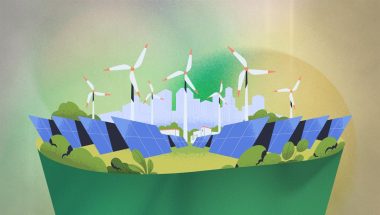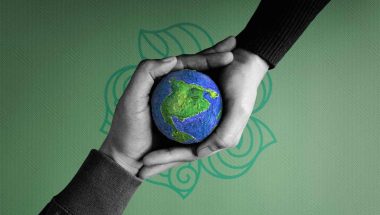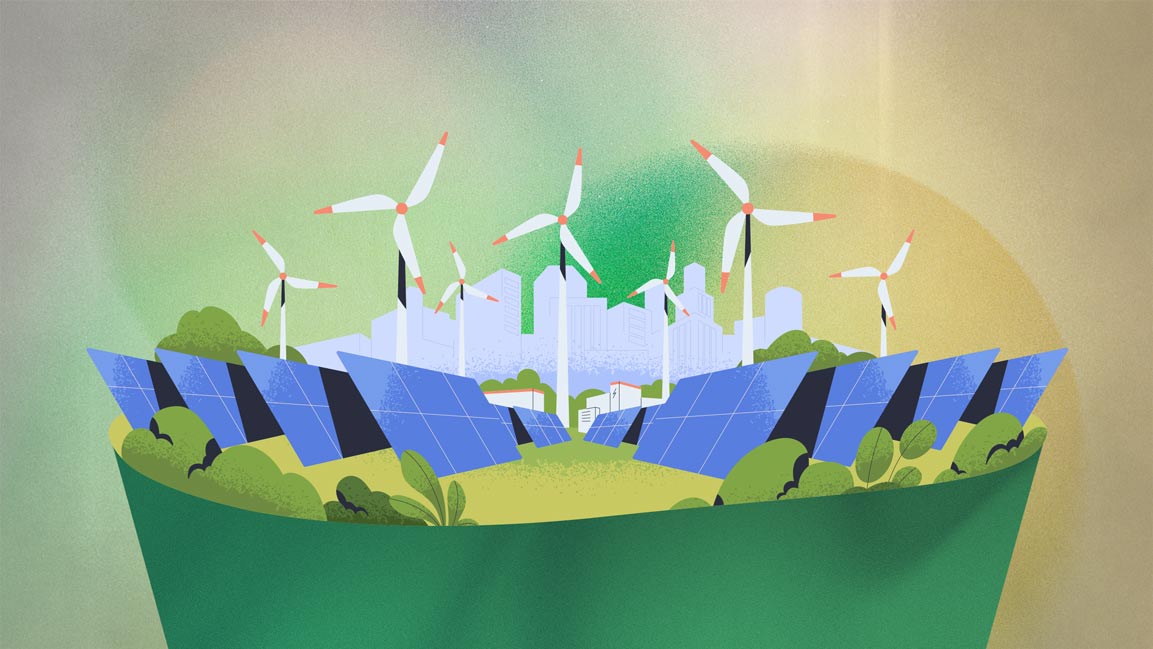- | 9:00 am
Why does Web3 need greater participation from women in MENA?
When women play a bigger role in creating Web3, the impact could be a powerful force for social change
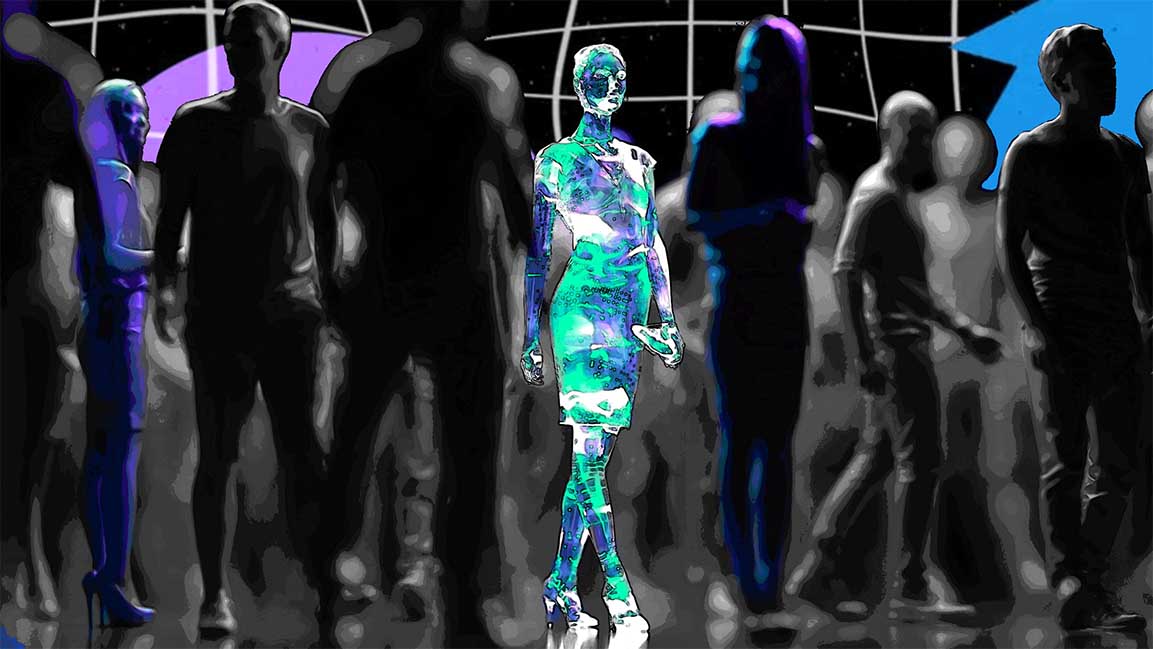
With diverse perspectives, linguistic backgrounds, and cultures, Middle Eastern and North African (MENA) women catalyze innovative solutions and an inclusive approach to Web3. Through coding, investing, and even becoming NFT artists and collectors, there are endless possibilities for women to trailblaze their way across the open plains of the new internet.
And smart entrepreneurs know they can have a say in the next web.
Of course, there are obstacles: women spend more time in the metaverse, yet male-led metaverse companies receive more funding; less than 16% of NFT artists on Nifty Gateway identify as female; and out of 121 of the world’s leading crypto organizations, only five have woman founders.
Yet women working in blockchain across the MENA region are pushing for change with the help of Web3 communities, better known as decentralized autonomous organizations (DAOs), in education programs and grants like those from the NEAR Foundation. There have been 16 MENA grants, with 12% of that funding landing with women.
According to experts, increasing women’s involvement is critical for an equitable future. “We all put our human biases in whatever we do. If the group participating in creating the future is not diverse and inclusive, that’s a big problem,” says Marieke Flament, CEO of NEAR Foundation.
AN INCLUSIVE APPROACH TO WEB3
Typically, when a social media platform is developed, it accumulates profit from users in geographic regions around the world; that profit returns to the app’s place of origin, which means money is concentrated in highly developed countries. By ensuring code development processes are spearheaded more equitably from the get-go, the metaverse and Web3 could reshape the narrative.
According to Dr. Hoda Alkhzaimi, co-chair of the World Economic Forum’s Global Future Council on Cybersecurity and Assistant Research Professor at New York University in Abu Dhabi, women in Web3 have the power to supercharge social change.
“When women founders are brought into the space, they don’t just think of short-term investments,” says Dr. Alkhzaimi, “they’re often focused on the long-term purpose of sustainable development.”
With more MENA women involved in Web3, “it’s not just going to be real estate or concerts in the metaverse, it will be about sharing critical resources to open labs in Africa or different parts of the world where people can co-learn through a ‘metaversity’ structure to create a new type of knowledge,” she adds.
A recent report by McKinsey shows that women executives are 20% more likely to implement multiple metaverse initiatives than their male counterparts. When they pivot to Web3, women are thinking big. From improving access to healthcare, banking, and even sport, Dr. Alkhzaimi says the opportunities for social good go as far as the imagination.
But no imagination is needed to spot the women already making big waves in the blockchain.
Eman Herawy is an Egyptian blockchain developer, founder of Arabs in Blockchain, and co-founder of NoonDao, a community of Arab women working in blockchain. Alongside helping create educational opportunities for more women coders, Herawy is working on a glossary of Arabic blockchain terms that anyone can access.
“As a programmer, you know the English words by default and can improve with time,” says Herawy, “but we’re saying blockchain should be for everyone; it doesn’t make sense to convince my mom to learn English first to understand what blockchain is.”
Improving language accessibility, says Herawy, means protecting those like her mom and the everyday people blockchain will ultimately cater to, protecting the technology itself, and breaking cultural barriers to participation.
MENA WOMEN ARE IDEAL CANDIDATES
According to Herawy, the very cultural conditions of the MENA region and women’s societal roles make this demographic ideal to improve Web3 while reaping its benefits and repairing the gender divide. Women in countries across the MENA region — especially outside of cities — often find it hard to forge careers and gain economic security.
“Part of our culture is family first,” says Herawy.
“You cannot travel alone, you cannot return home late at night, you cannot leave your family,” she adds. When working in Web3, women can work from home and train online to improve their finances, provide for their families and forge careers without disrupting social norms.
“We don’t want to change our society; I don’t want to compete. I want to secure a better financial situation and future for women,” adds Herawy.
These women, across the MENA region, will inspire the next generation, says Herawy, not role models from Western countries who young, rural women cannot relate to.
One such inspiration is Jordanian Juana Attieh, co-founder and CPO of FLUUS, a cryptocurrency service aggregator and co-founder of the Cardano MENA Community and LALKUL. “I always believed I would be a part of something much greater than myself. After learning about Web3, I naturally got drawn to it for the impact it will create on our world and especially in the MENA region,” she says.
To get more women into web3 roles, Attieh says, there needs to be more mentorship, education, and training in computer science, blockchain technology, and decentralized governance, along with easy access to these resources. Plus, more must be done to “promote women’s work in the Web3 space on social media and other platforms, featuring them as speakers at conferences.”
OPPORTUNITIES IN WEB3
“We have incredibly talented women developers in the region. With the rise of blockchain, they can leverage their skills to develop apps for various industries, including finance, healthcare, and supply chain management,” says Attieh, adding that women can also pursue opportunities in gaming, collecting NFTs, or designing virtual spaces. “Artists, designers, independent business owners, and others can create and sell NFTs to represent and sell their digital artwork or other creative works.”
From recruiters and HR roles to creators, marketers, and content writers, broadening our understanding of what a job in Web3 looks like will help bring this future to fruition.
“Any job you see in Web2, or normal web, also exists in Web3,” says Flement. Imagining and creating new opportunities for women to insert themselves into the web3 ecosystem will be critical for building a just and equitable future, both in the metaverse and outside.






